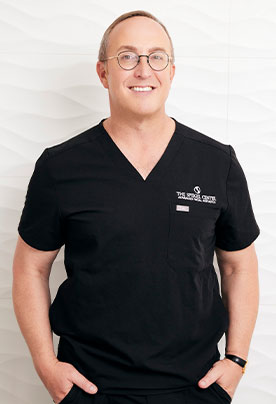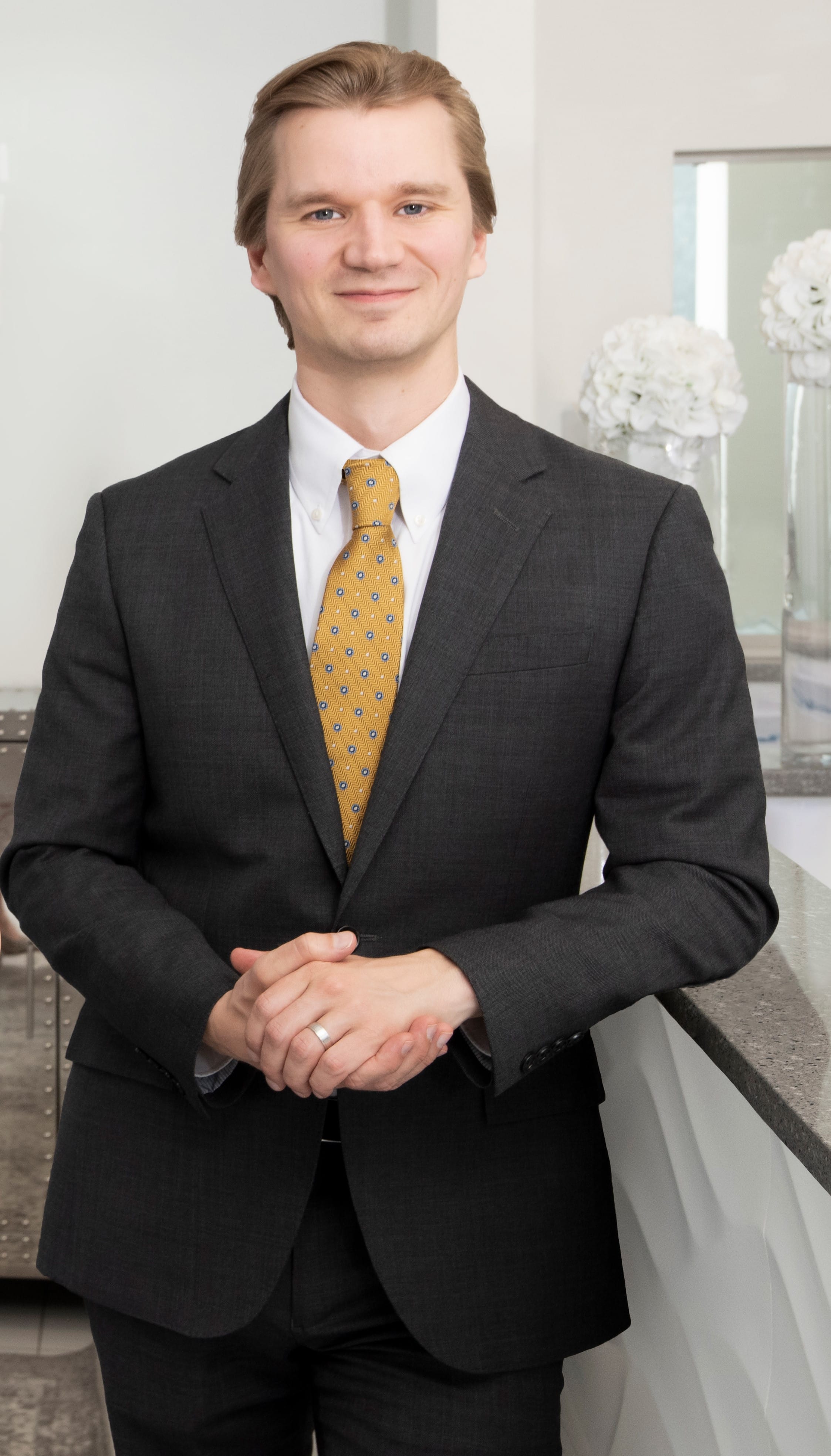
Patients seeking an improved appearance of their abdomen may have discovered that there are multiple different treatment options for seemingly similar problems. Removing unwanted excess fat and reducing sagging skin are common goals. However, if both a surgical abdominoplasty (‘tummy tuck’) and a non-surgical BodyTite procedure purport to address the same issues, how does one know which option to choose? A consultation with a plastic surgeon who offers both options will help to sort through some of the nuances and steer you in the right direction, but there are some considerations you can contemplate beforehand.
BodyTite is a minimally invasive procedure that delivers radiofrequency (RF) energy to the skin and subcutaneous fat. This is done with a special probe that is inserted deep into the skin and directed into the target areas under local anesthesia. The treatment essentially causes the adipose tissue deep in the skin (subcutaneous fat) to dissipate and the skin itself to contract and tighten. On the other hand, a ‘tummy tuck’ is a surgical procedure that is typically performed under general anesthesia. Though variations exist, the fundamental abdominoplasty procedure involves an incision low across the abdomen with direct removal of excess skin and fat, and tightening of the underlying abdominal muscles. The recovery for surgical abdominoplasty is generally more intense with recovery measured in weeks instead of days. Both procedures can lead to stunning results. However, the choice of procedure depends to a large degree on the patient’s goals, and the quality of the soft tissues of the abdomen. There is a greater limitation to how much skin can contract with RF treatment in comparison to how much skin can be removed surgically. For some, a BodyTite treatment may not be sufficient to achieve the results they desire in which case surgical abdominoplasty may be considered.
Common questions that are asked by patients are when the best age is to undergo treatment like this and who are the best candidates. My answer is that age is generally far less important than anatomy (the same is true of a facelift!). Both men and women are candidates for these procedures, but there are some considerations that may differ. Whereas women tend to accumulate subcutaneous fat depots (directly under the skin), men tend to carry more visceral fat (deep into the abdominal musculature and around the internal organs). Excessive deep visceral fat would not be addressed by either approach and may limit the results of abdominoplasty or BodyTite. This needs to be assessed on an individual basis prior to treatment.
For women in particular, pregnancy can result in unwanted changes to the abdominal skin, muscles, and soft tissue. So even someone who may be told they’re ‘too young for plastic surgery’, may actually benefit quite a lot from what can be offered with these techniques. Having said that, although having a tummy tuck won’t impact one’s ability to have more children, additional pregnancies may result in the recurrence of the same problems as abdominal muscles and skin are stretched again. One benefit of surgery over BodyTite in this regard (after pregnancy), is the ability for the surgeon to correct potential abdominal muscle issues like diastasis recti as part of tummy tuck surgery. One generally wants to wait at least 6 months after giving birth prior to considering abdominoplasty, but guidance can change based on individual factors. By comparison, BodyTite can help with loose skin, but it will not address any issues with the abdominal muscles. If one is considering having more children in the future but is unsure, BodyTite is a more conservative approach to achieve improvement without limiting or significantly complicating future options. These may be very important considerations for women who have had children that are weighing their options.





